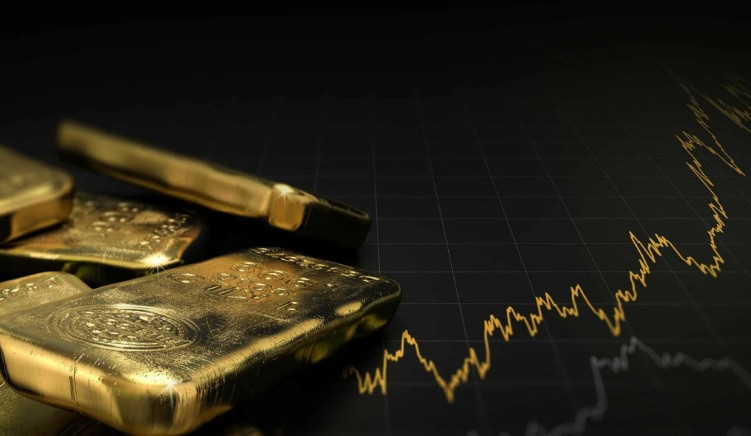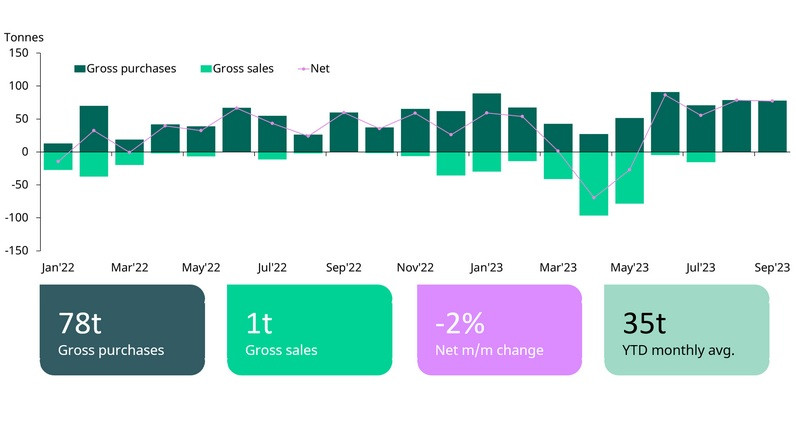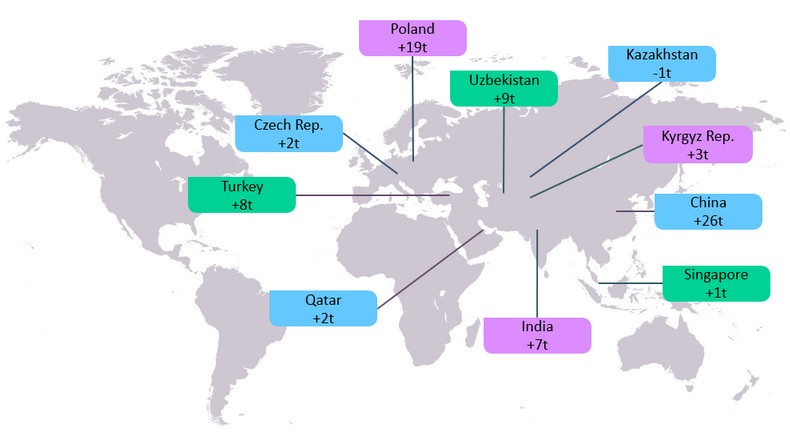

September has become another significant month for gold purchases by central banks worldwide, according to Krishan Gopaul, senior analyst at the World Gold Council. Data from IMF shows global gold reserves of central banks increased by 78 tons in September. The gross volume of sales amounted to just 1 ton, which was offset by a gross volume of purchases of 78 tons. The main buyers were from emerging markets.

At the top of the list was the People's Bank of China, which added 26 tons over the course of the month. The second-largest buyers in terms of volume were the National Bank of Poland and the Central Bank of Uzbekistan. Turkey followed, which bought 15 tons of gold in August, continuing to rebuild its reserves after significant sales in April and May. And India, which has been making waves in recent months.

Looking at the year-to-date figures for 2023, the largest gold buyer remains the People's Bank of China. The World Gold Council also noted that central banks of countries with emerging market economies have become the driving force on both the buying and selling sides.
The only central bank of a developed market replenishing its reserves with gold is the Monetary Authority of Singapore.
According to a recent report by the World Gold Council, net gold purchases by central banks have exceeded the 2022 figures by 14% since the beginning of this year. The report states that central banks have bought 800 tons of gold in this year, the highest figure on record.
Despite the existence of a certain established group of regular buyers among countries, this group has expanded over the past quarters. The 337 tons of gold purchased by central banks in the third quarter were the third-largest quarter in the data series. However, compared to the third quarter of 2022, this is significantly lower, as 459 tons were purchased in the same period the previous year.